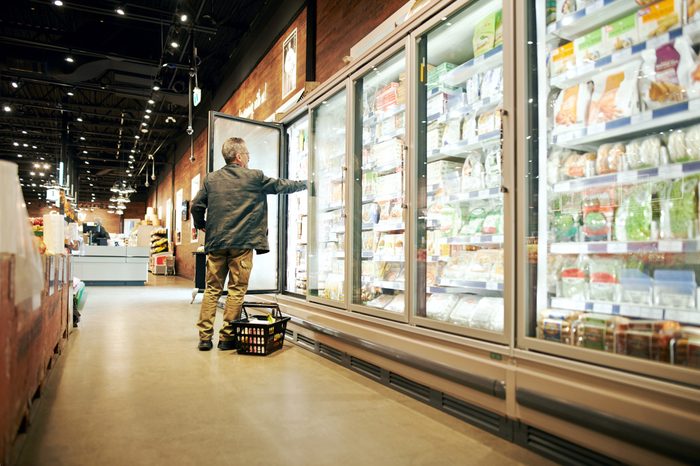
Why you should buy some fruits and vegetables frozen
Fruits and vegetables are an important part of a healthy diet. Unfortunately, people who eat lots of fruits and vegetables also happen to be the most wasteful, according to 2018 research published in Plos One. Throwing out food never feels good, but sometimes it’s hard to find the time to eat or cook fresh produce before it goes bad. To reduce food waste while also making sure you’re eating the most nutrient-dense foods, choose frozen fruits and vegetables instead. Here are the convenient options that can actually be healthier than the fresh variety.
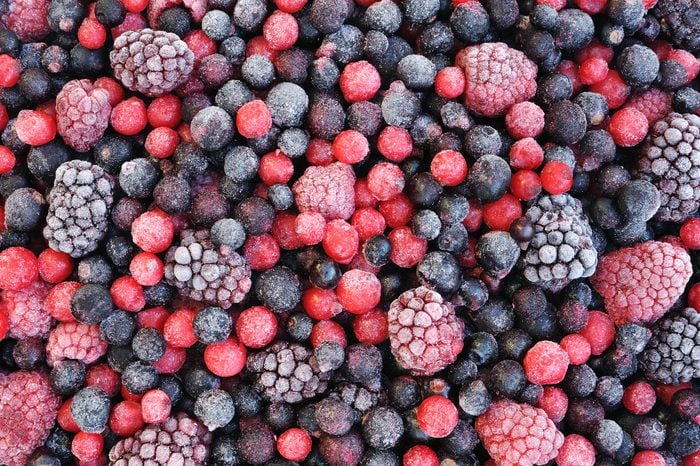
Berries
One of the practical reasons for buying fruits and vegetables frozen is they’re seasonal and often need to be imported from other countries. “In order for berries to be ripe by the time they get to us, they are often picked in their pre-ripe form and they further lose some of their nutrients during their long travel to your grocery store,” says Cassandra Suarez, a registered dietitian in Boston, Massachusetts. Strawberries, blueberries, raspberries, and blackberries are a better value frozen when out of season because they begin to lose their nutrients moments after being picked.
(Learn the health benefits of blueberries and strawberries.)
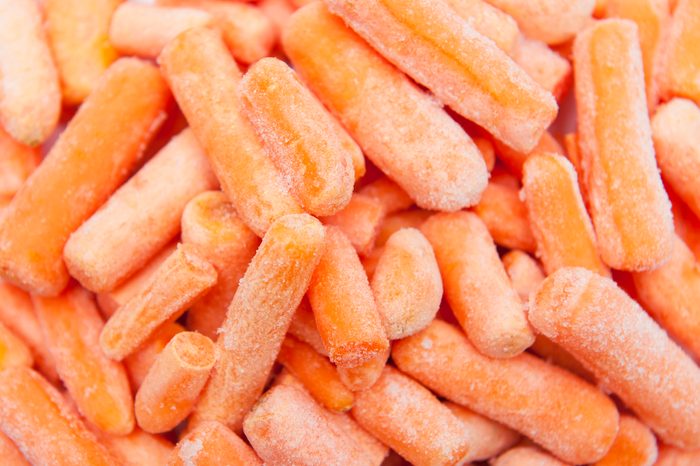
Carrots
You may have good intentions when you buy a big bag of carrots but it can be hard to eat them all before they go bad. “Frozen carrots are an excellent option because of the high levels of beta carotene and antioxidants have been locked into the vegetable through the freezing process, ensuring that its powerful health benefits like improved vision, beautiful skin, cancer prevention, and anti-aging don’t disappear,” says Suarez.
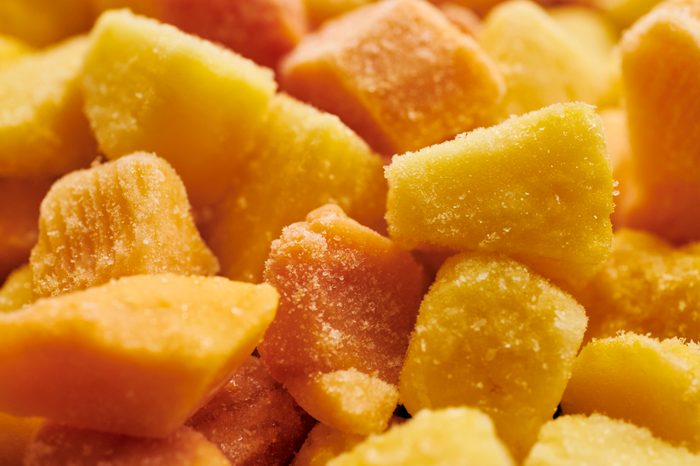
Mango
Mangoes tend to be over-ripe or under-ripe in the store. Plus mangoes are a bit time consuming and messy when it comes to peeling and slicing them. “Frozen mango is always a staple in my freezer,” says Cara Harbstreet, RD, LD, of Street Smart Nutrition. A bag of frozen mango has more potential uses than just making a smoothie.
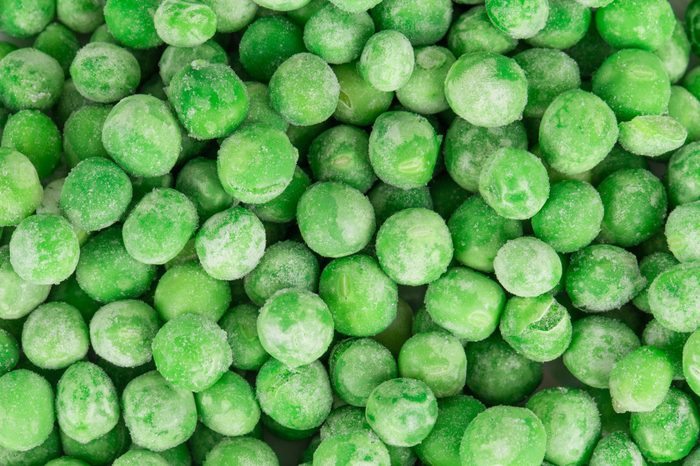
Peas
Frozen peas are an affordable and convenient option to get an additional serving of daily veggies. “Green peas can easily be added to soups, stews, or salads or served as a simple side dish,” says Harbstreet. Peas also happen to be one of the healthiest veggies you can eat. Learn the ways to cook with peas.
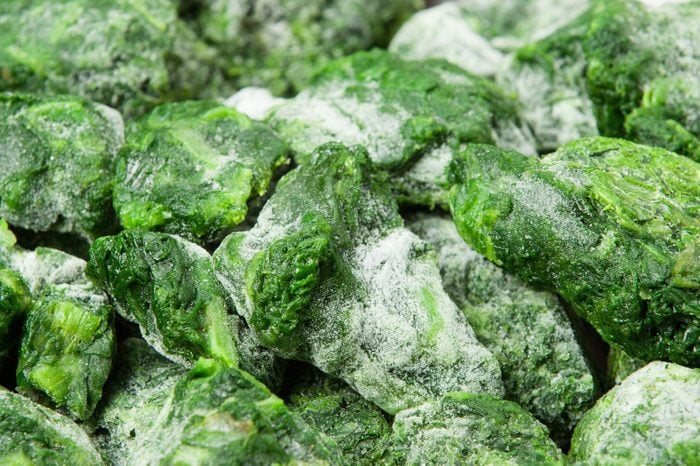
Spinach
Fresh spinach is great to eat when you plan to eat it raw, but frozen spinach may be better in recipes that require cooking. “If you’re adding spinach to a sauce, soup, stew, or casserole, consider the frozen option,” says Harbstreet. Fresh spinach loses a significant amount of volume when it cooks down and some nutrients are lost due to leaching. Frozen spinach retains a lot of water, so before adding it to a recipe, thaw it in a mesh strainer and run it under warm water. Break apart the icy chunks with your fingers. Once it is thawed, grab a handful of spinach and squeeze the water out, over the strainer. Most recipes don’t call for the spinach to be completely dry, unless you are adding it to a creamy pasta dish (like our One-Pan Creamy Lemon Linguine with Spinach) or filling a pastry.
(Related: 10 Easy Recipes for All the Frozen Spinach You Stocked Up On)
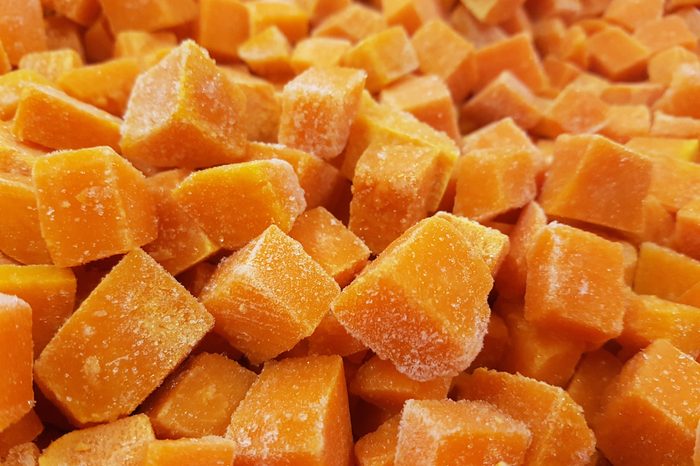
Butternut squash
When you crave the nutty and sweet flavors of squash but don’t have the time to peel and chop it, Rebecca Lewis, RD, an in-house dietitian at HelloFresh, suggests pulling out a bag of frozen butternut squash. Not only is it super convenient, but it also boasts carotenoids, like beta-carotene, that may help protect against heart disease, breast cancer, and age-related macular degeneration. If that’s not good enough, how about 10 percent of recommended dietary intake (RDI) of vitamin C, 5 percent of iron, and 9 percent of protein? Try our Winter Grain Salad With Butternut Squash.
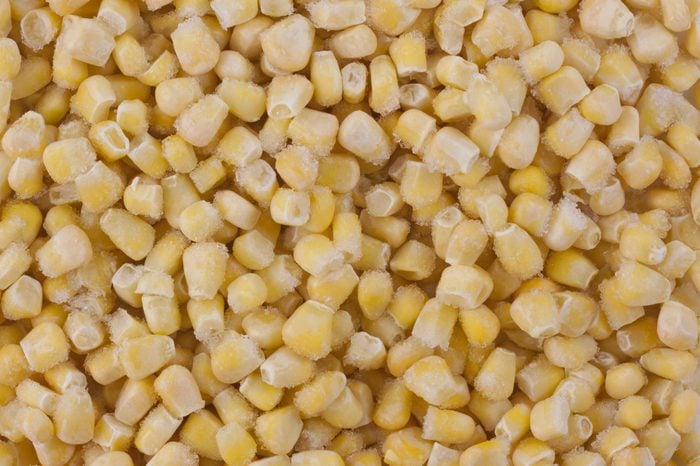
Corn
A favourite staple of summer, corn on the cob is shuck worthy at many dinner tables because it’s tasty, easy to prepare, and fun to eat. But alas, corn has a short growing season and we’re left with two options: canned or frozen. “Instead of buying in the can, which is often loaded with salt-infused water, opt to buy frozen,” says Lewis. The kernels will be frozen at the peak of season and easy to boil or microwave when you need it. Try our quick, kid-approved Mexican Street Corn Chicken.
(Related: Keep Frozen Foods Fresh: Simple Storage Tricks Smart Cooks Use)
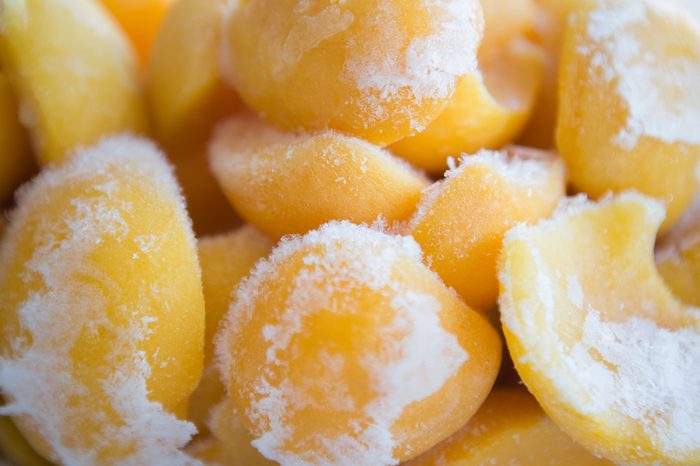
Peaches
Who doesn’t savour a sweet, juicy peach in the summer? Like corn, this summer favourite has a very short season of just two months. Canned peaches, even when they’re not soaking in a bath of sugary liquid just don’t taste that great. Lewis says to head to the freezer section and pick up frozen peaches with no added sugar. They are yummy to eat by themselves but if you thaw them and stir into a creamy bowl of oatmeal, peaches can make a winter morning less dreary. Use thawed peaches for pancake and waffle toppers, or stir in yogurt. They’re great to use when baking cobblers and pies too.
(Try our Peach Tart With Almonds and Honey, Winter Slaw with White Peach Vinaigrette, or Ginger-Peach Smoothie.)
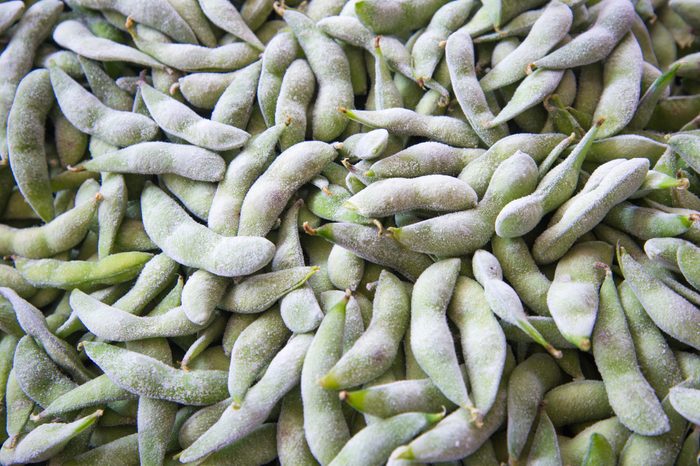
Edamame
Edamame is actually a soy bean, and it’s typically found in the freezer section. Edamame has a great nutrition profile. One cup boasts 6 grams of fibre, 10 grams of protein, and 19 percent RDI of vitamin C, 14 percent RDI of iron and 7 percent RDI of calcium. Eat it plain or toss it in a quinoa salad with diced green onion. Try our protein-packed Mediterranean Edamame Salad.
(Related: Is Eating Soy Good or Bad for You?)
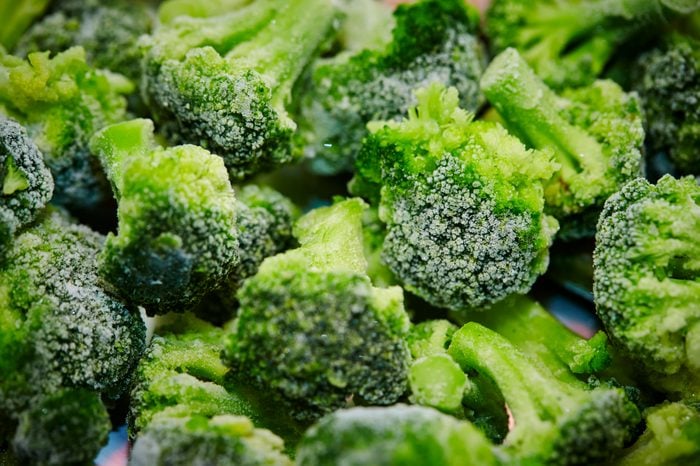
Broccoli
Broccoli is available year-round but unless it’s locally grown, it could lose some nutrients. “Fruits and vegetables high in vitamin C, like broccoli tend to lose this vitamin during transportation, extended shelf time, and exposure to lots of heat and light,” says Suarez. Broccoli could be a week old before it lands on the produce shelf, but when it’s frozen, it maintains its vitamins and antioxidants.
(Frozen broccoli is versatile too: Add defrosted broccoli to a gratin, make Parmesan Roasted Broccoli, or blend it up for Vegan Broccoli Soup.)
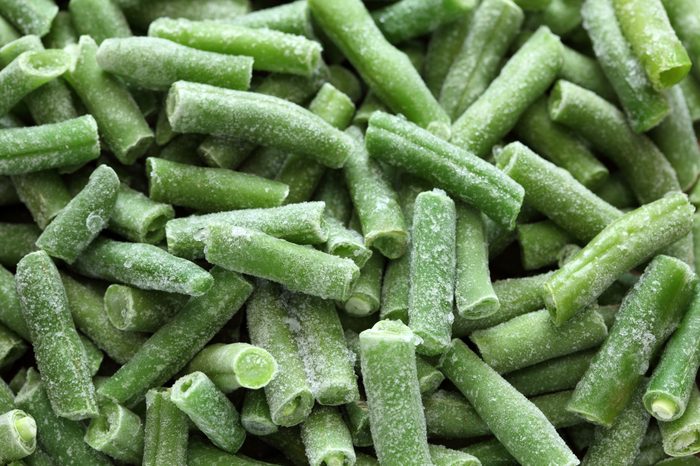
Green beans
Crispy and green, these beans taste the best fresh but after growing season is over, the prices are usually four times more than the frozen variety. Canned is an option, but they’re usually soggy. Frozen green beans retain about 90 percent of their B vitamins and are an especially good source for B2, a key vitamin for energy production and vitamin K, which our body uses for blood clotting. Sauté them with mushrooms or sliced almonds for a delicious side dish.
Now that you know which frozen fruits and vegetables to buy, here are some meal prep tips for vegans and vegetarians.
